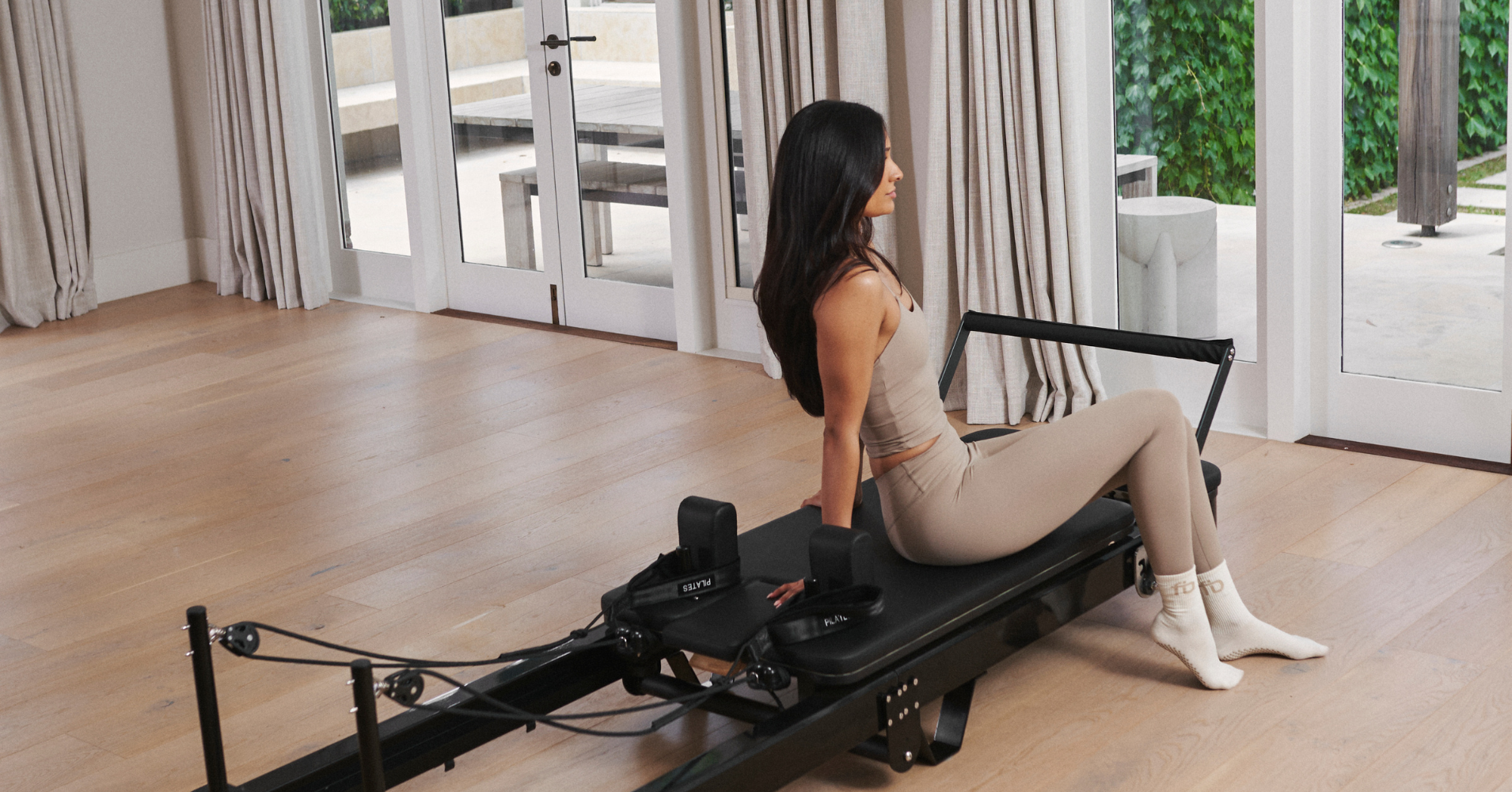
Pricing Pilates Classes for Maximum Profit
Setting the right price for Pilates classes isn’t just about covering rent and wages. It’s about creating a pricing strategy that attracts new clients, keeps them coming back, and grows your bottom line.
Whether you run a boutique studio or teach from home with a Reformer Machine, the right pricing can turn casual visitors into loyal clients. Here’s how to do it smart.
Know Your Market and Your Value
Before setting prices, research what other studios in your area charge for group classes, private sessions, and memberships.
Don’t undercut yourself just to compete. Pilates is a premium workout, especially when you offer Reformer Machine sessions.
Clients expect to pay more for specialised equipment, small class sizes, and highly trained instructors.
Offer Different Pricing Options
Variety keeps people engaged and caters to different budgets. Consider offering:
✅ Intro Offers – A low-cost trial (like 2 classes for $40) gets people through the door.
✅ Casual Drop-ins – Perfect for travellers or those testing the waters.
✅ Class Packs – Bundles of 5, 10, or 20 classes give clients value while locking in revenue upfront.
✅ Memberships – Unlimited weekly classes at a set rate for your most dedicated clients.
By structuring your prices this way, you’re making Pilates more accessible without devaluing it.
Price Based on Class Type
Not all classes should cost the same.
-
Mat Classes are easier to scale with more people per session.
-
Reformer Machine Classes should be priced higher since they involve more equipment, smaller groups, and more personal instruction.
💡 Pro tip: Many studios charge $10–$15 more for reformer sessions compared to mat classes.
Consider Location and Overheads
Your pricing has to reflect your costs. Rent, instructor pay, insurance, and equipment maintenance all add up.
If you’ve invested in premium reformers like the Ivory Fold Reformer or Onyx Reformer, highlight that in your marketing. Clients will happily pay more when they see high-quality equipment in use.
Use Dynamic Pricing for Peak Times
Your 6 pm classes will always be packed. Your 11 am slot? Maybe not.
Consider off-peak pricing or “happy hour” rates for quieter times. This helps fill classes that would otherwise sit empty, boosting revenue across the week.
Create High-Value Packages
Don’t just sell classes. Sell transformation.
Add value by bundling extras:
-
Pilates socks
-
A mini at-home workout guide
-
Discounts on accessories like power bands or glute trainers
This doesn’t just increase revenue per customer. It deepens their connection to your studio.
Review and Adjust Regularly
Pricing isn’t set-and-forget.
Track attendance, membership sign-ups, and feedback. If classes are selling out weeks in advance, that might be your sign to raise rates slightly.
If uptake is slow, review your intro offers or marketing strategy before slashing prices.
Final Thoughts
Pricing Pilates classes for maximum profit is about balance. You want to cover costs and grow your studio while keeping classes accessible and attractive.
Start by knowing your value, price your Reformer Machine classes strategically, and keep evolving your offers as your community grows.
With the right pricing model, you’re not just teaching Pilates – you’re building a thriving business.
Reformer Pilates Range
Frequently Asked Questions
How much space do I need for a reformer bed?
Space Requirements for Your Reformer
A FitBoutique reformer requires approximately 245cm x 68cm (2.45m x 0.65m) of floor space. Here's what this means for your space planning:
For Home Users
Length: 245cm (8.04 feet)
Width: 68cm (2.13 feet)
Recommended clearance: Add at least 30cm on each side and end for comfortable access
Total recommended space: 305cm x 125cm (3.05m x 1.25m)
For the Onyx Fold model specifically:
Same footprint when in use (245cm x 65cm)
When folded: Takes up significantly less floor space in vertical storage
Ceiling height consideration: Ensure adequate height for vertical storage
What's the difference between commercial and home reformers?
While both offer similar exercise capabilities, commercial reformers typically feature heavier-duty construction, enhanced weight capacity, and more extensive warranty coverage. However, premium home models like the Onyx series bridge this gap with commercial-grade components.
How often should I maintain my reformer?
Regular maintenance includes weekly cleaning, monthly hardware checks, and quarterly deep cleaning of tracks and wheels. Premium reformers come with detailed maintenance guides to ensure optimal performance and longevity.

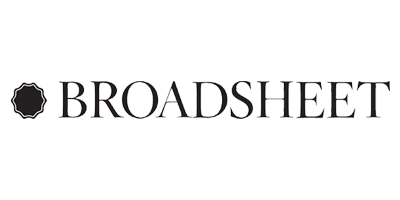











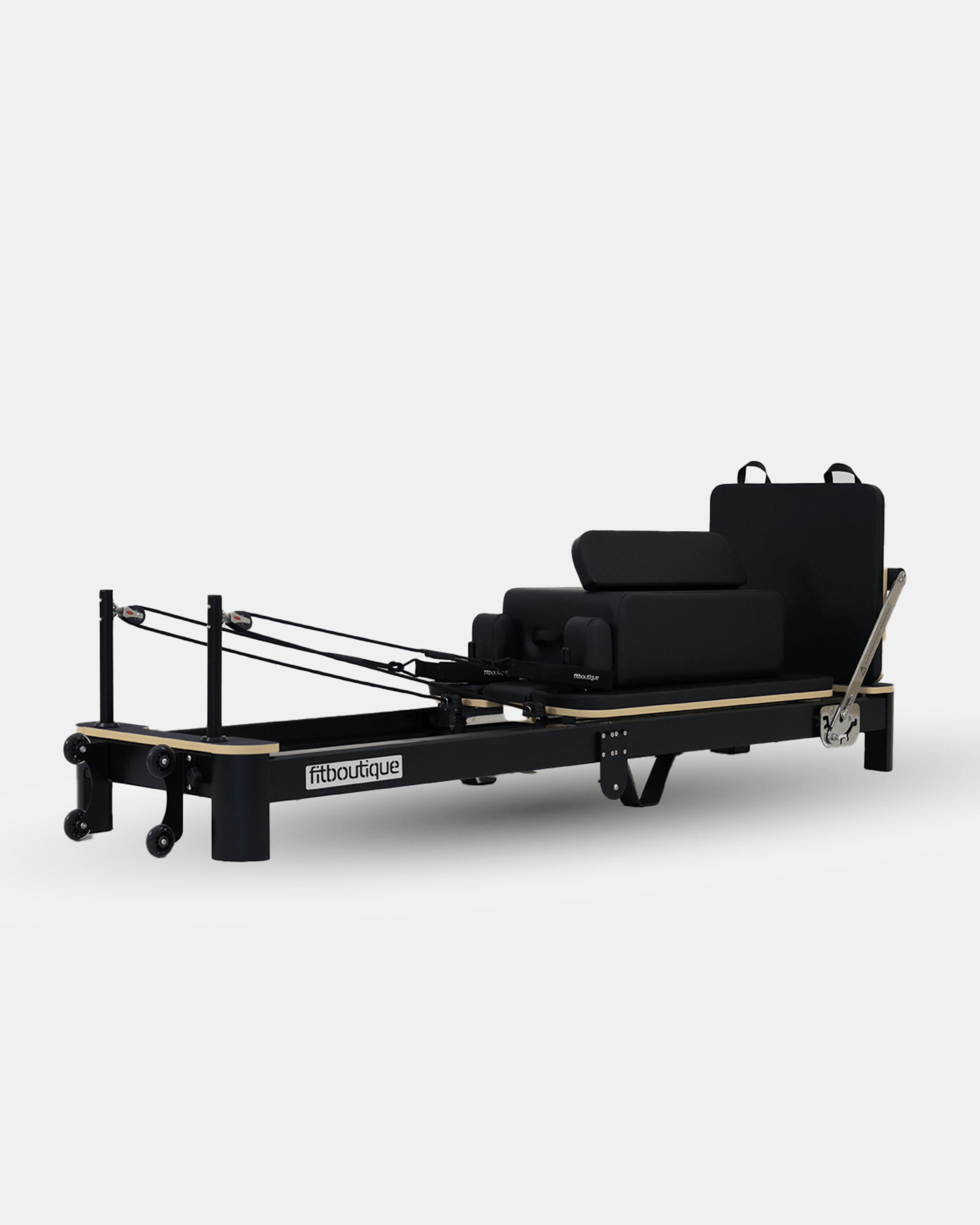
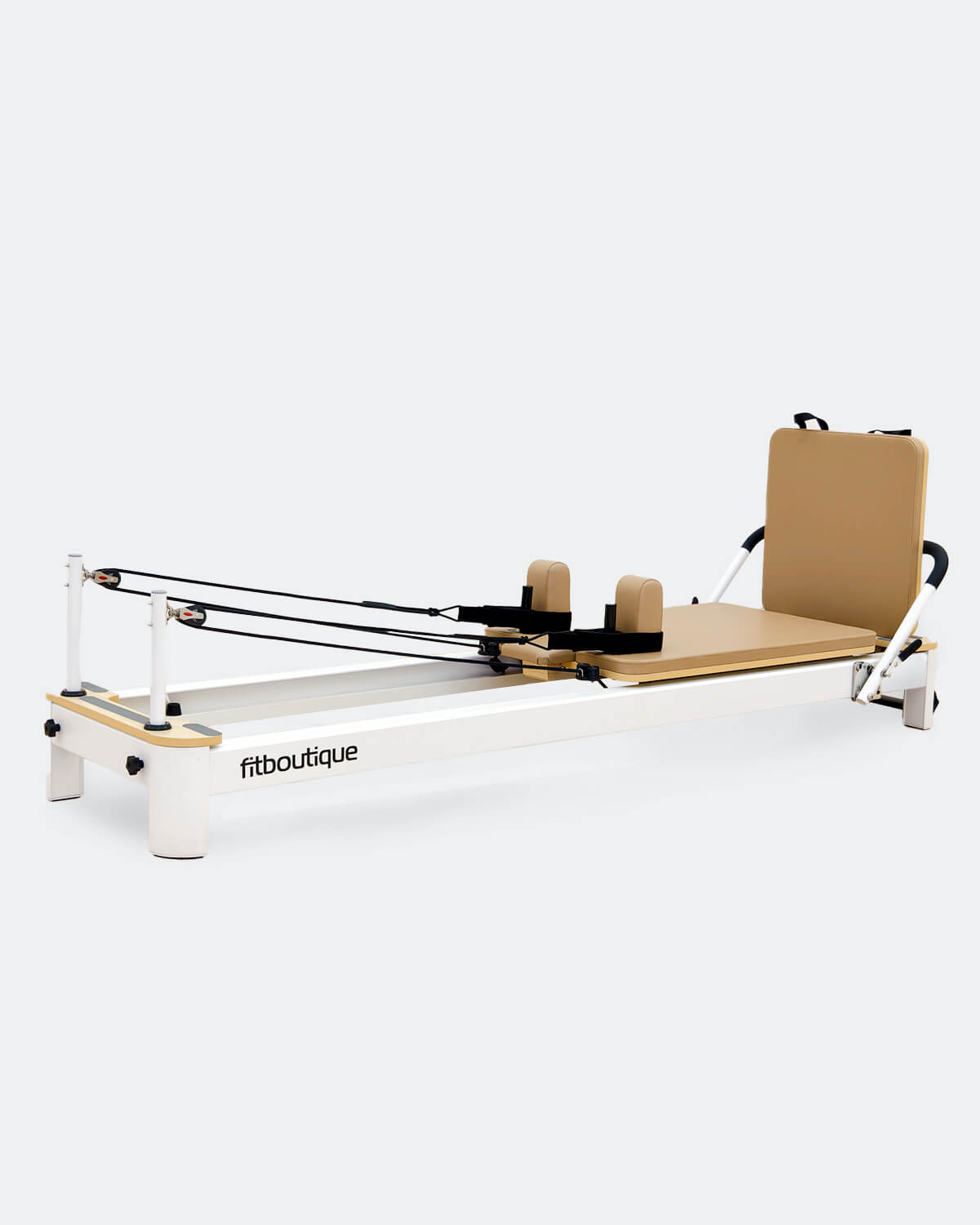
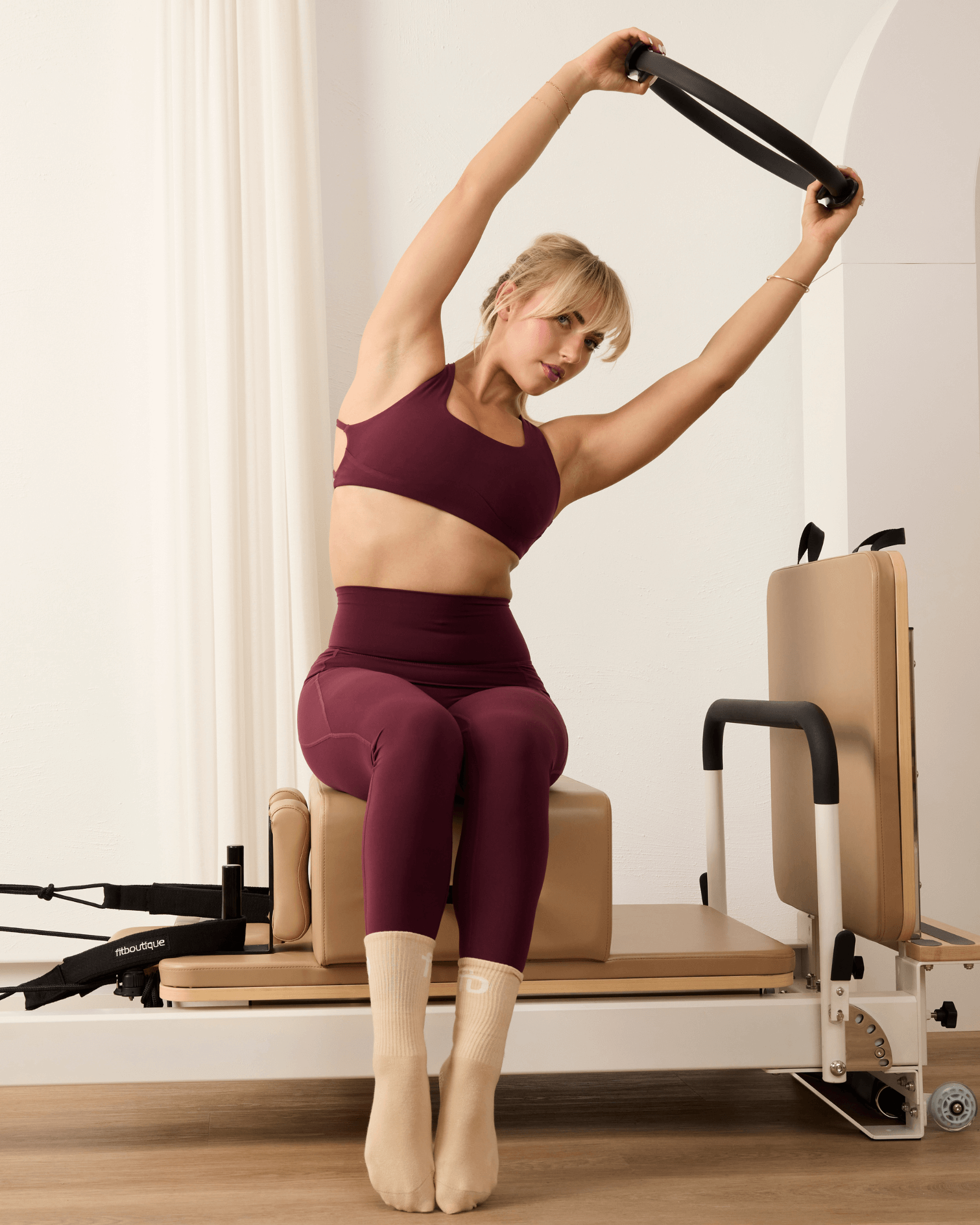
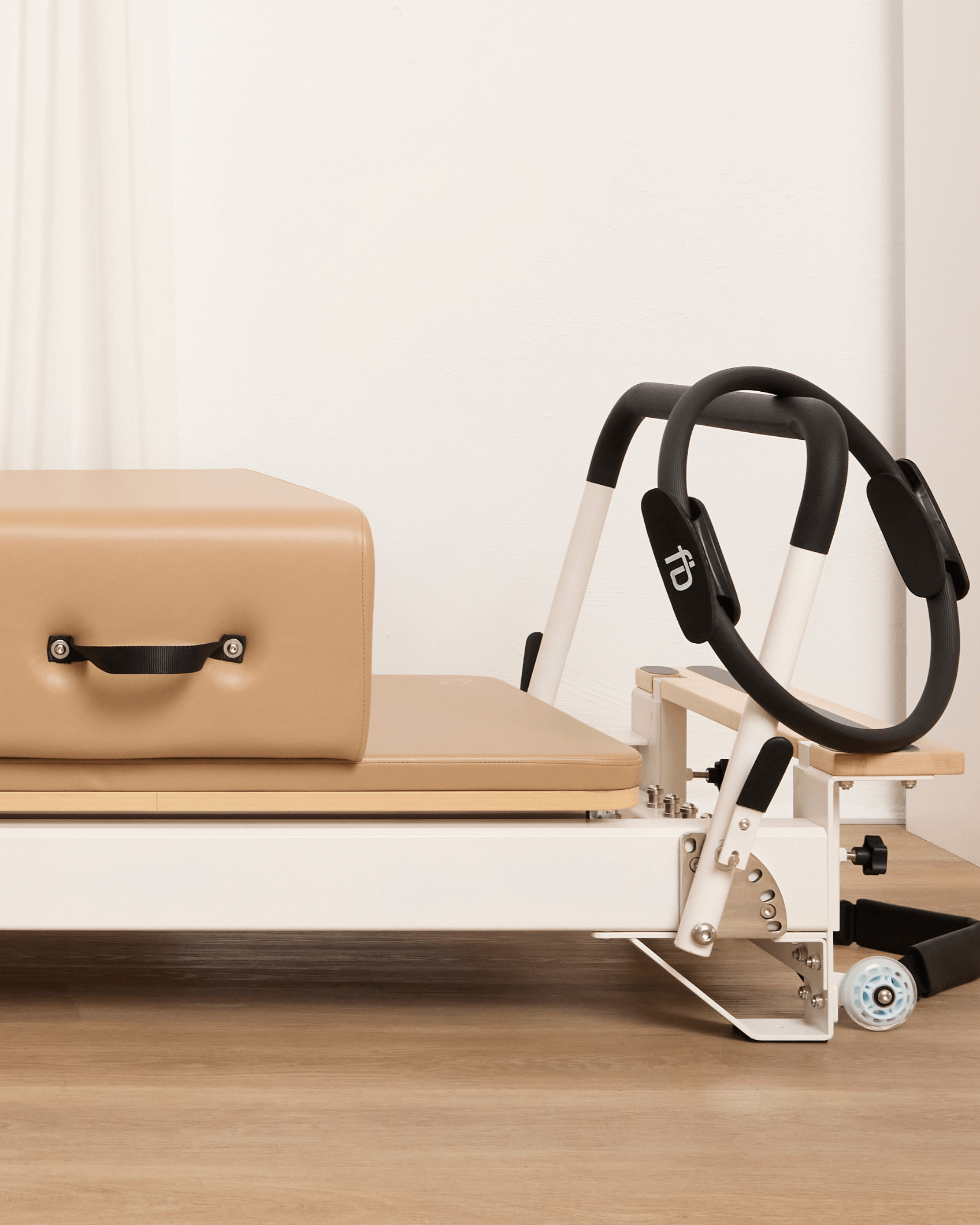
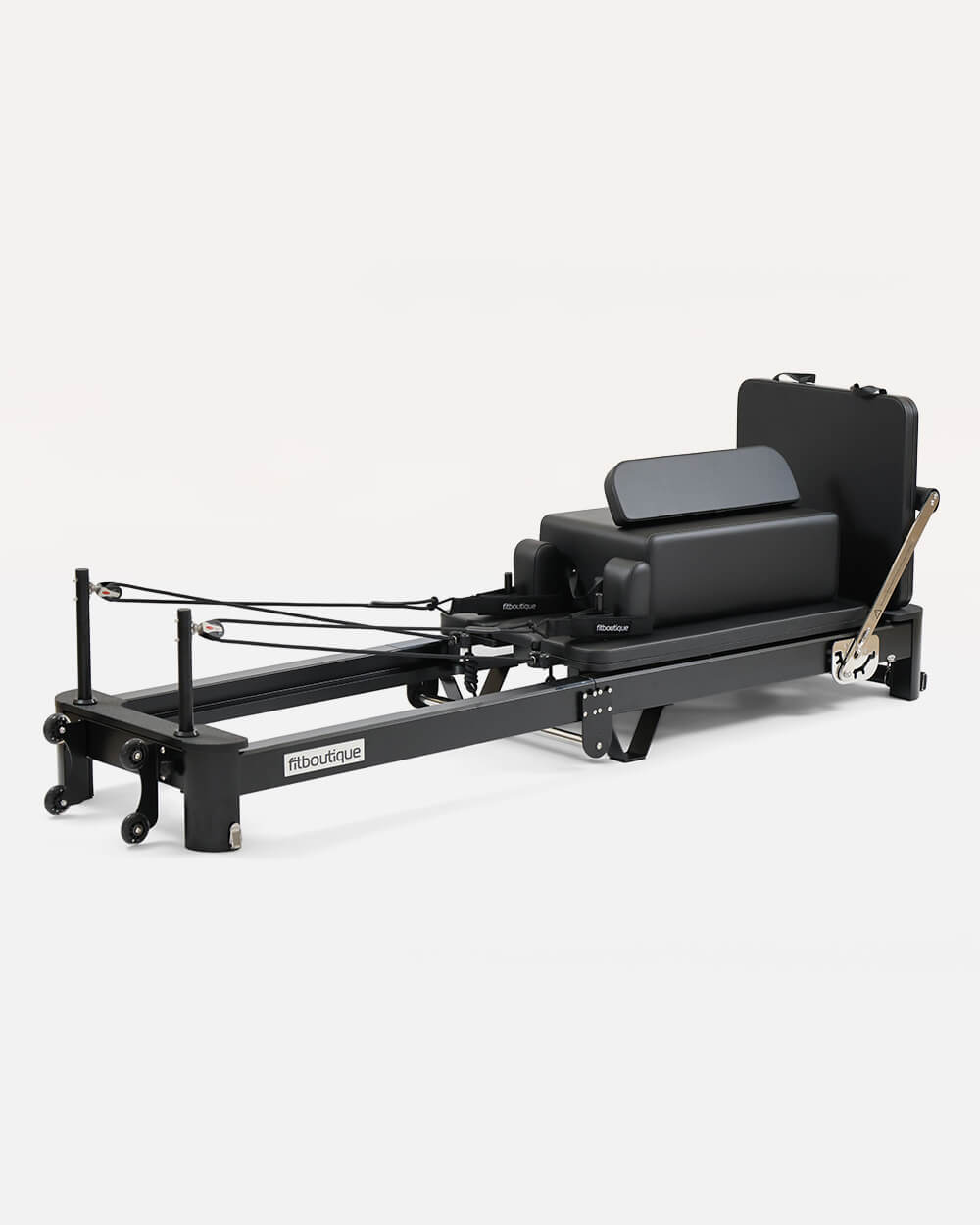


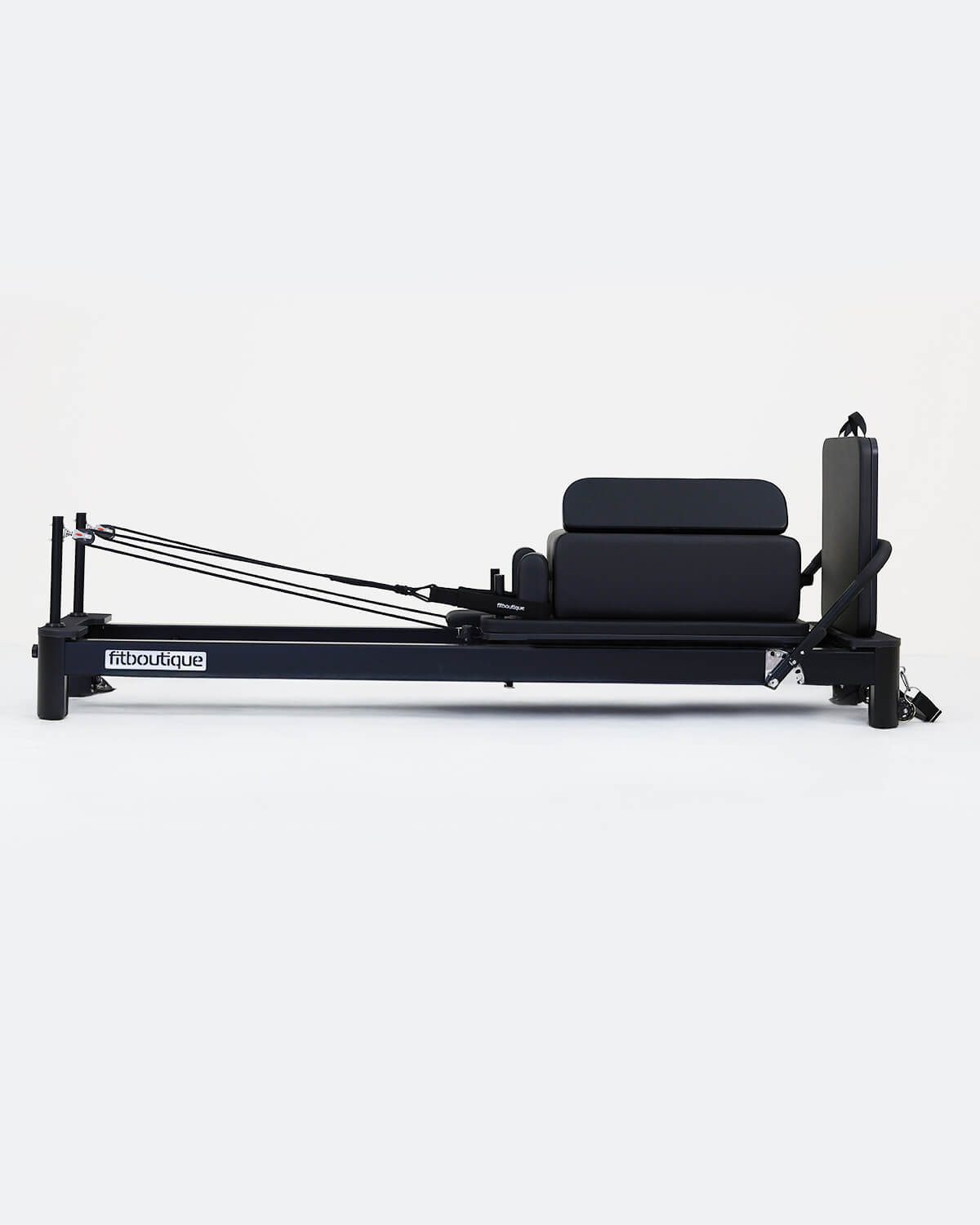
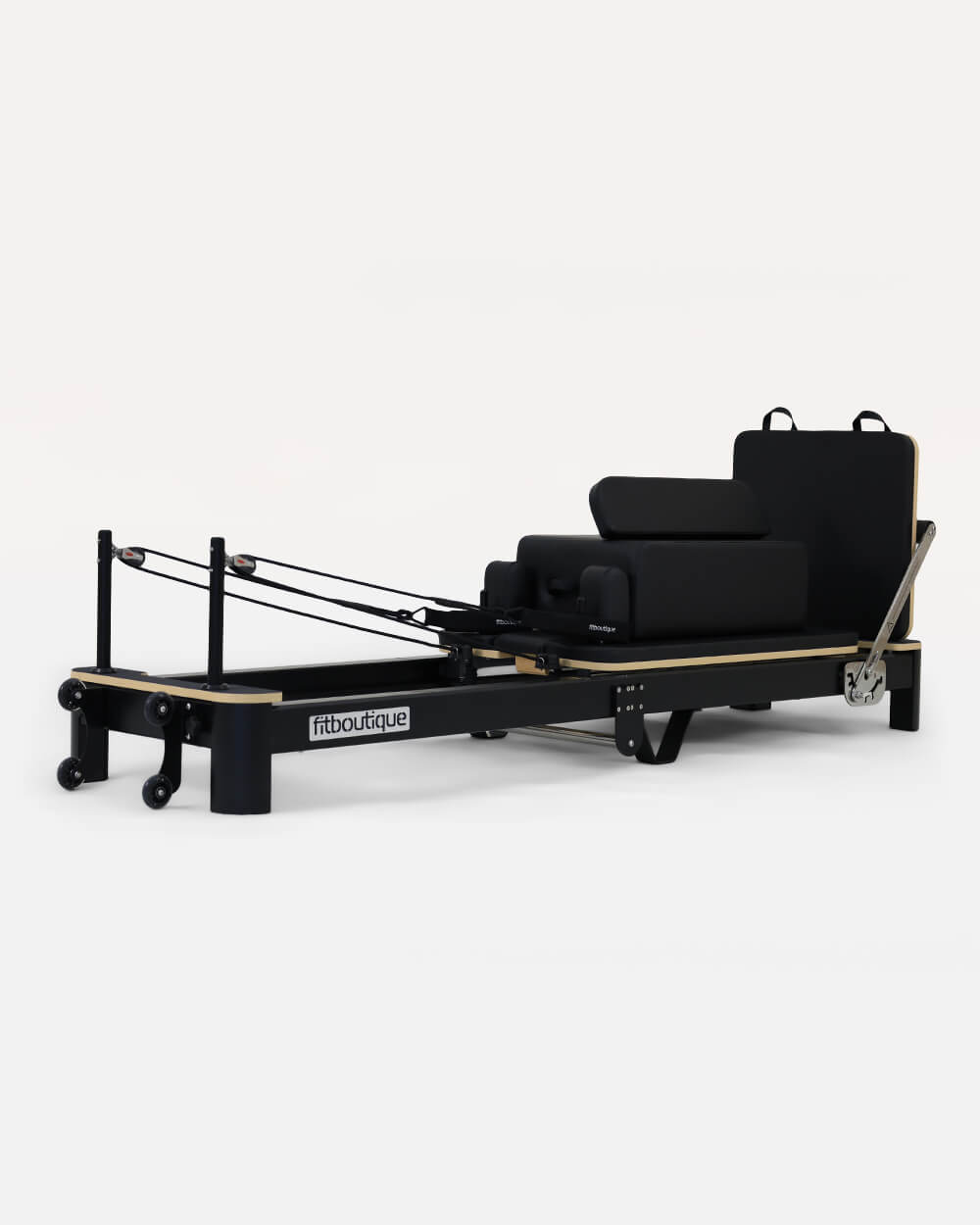
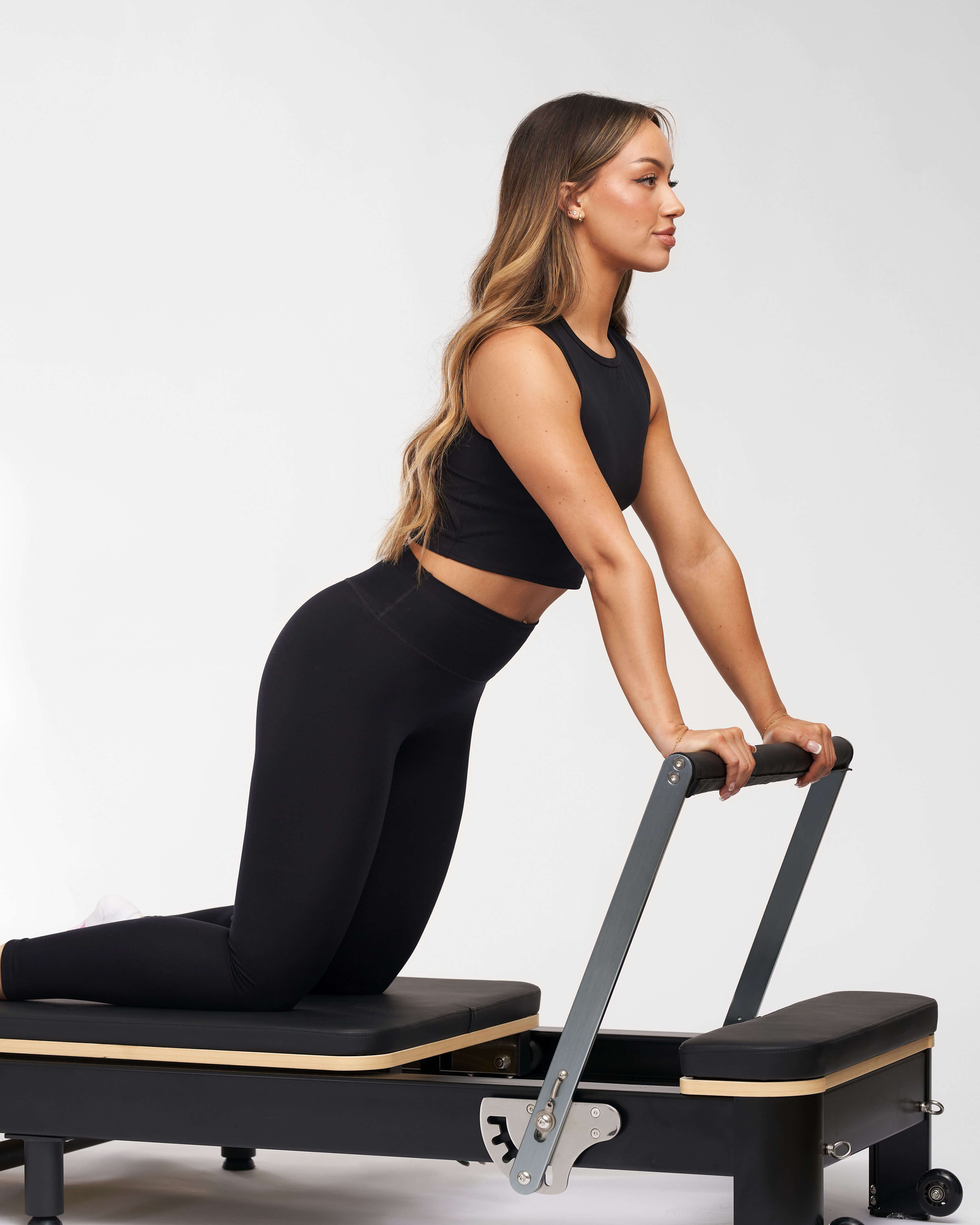
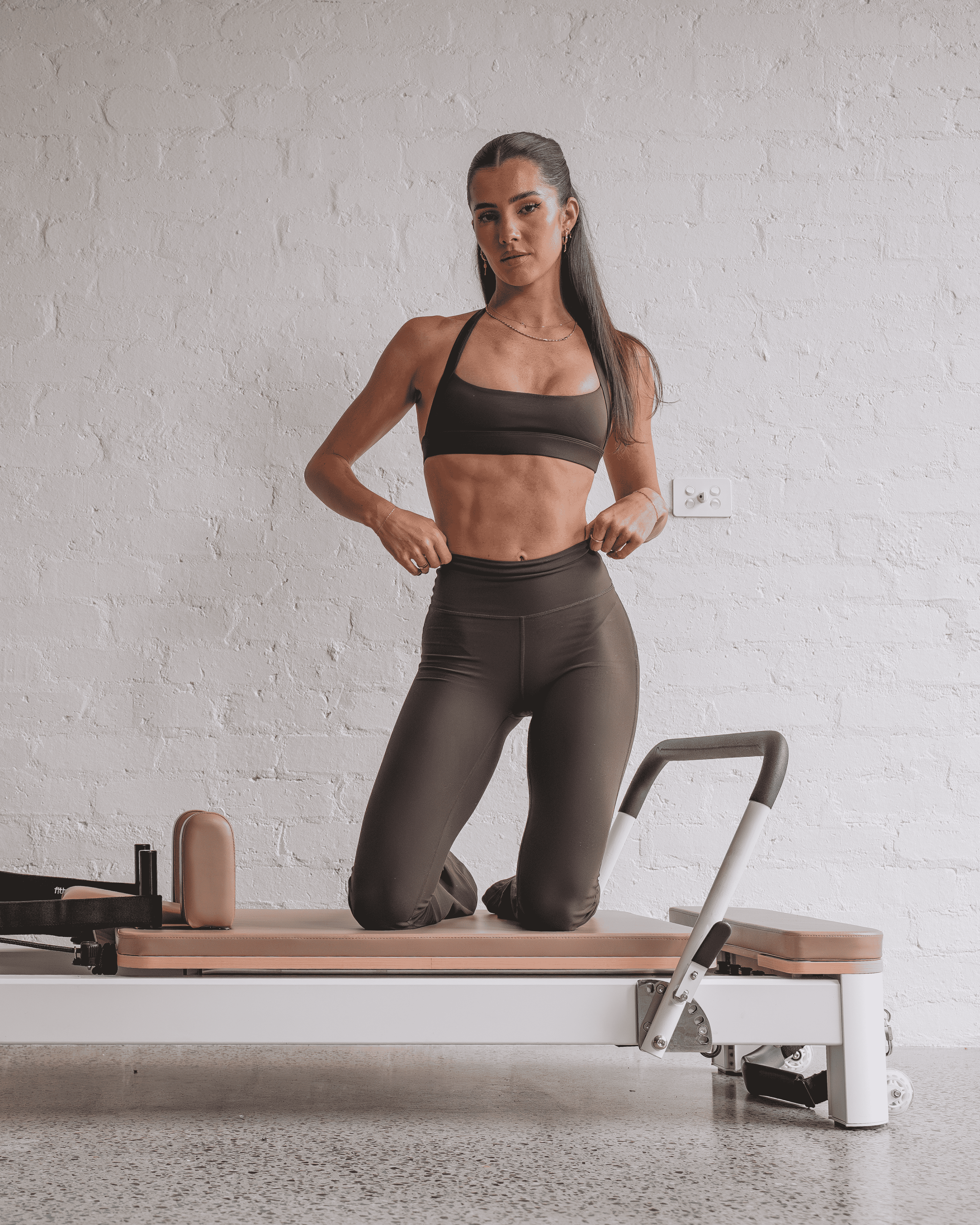
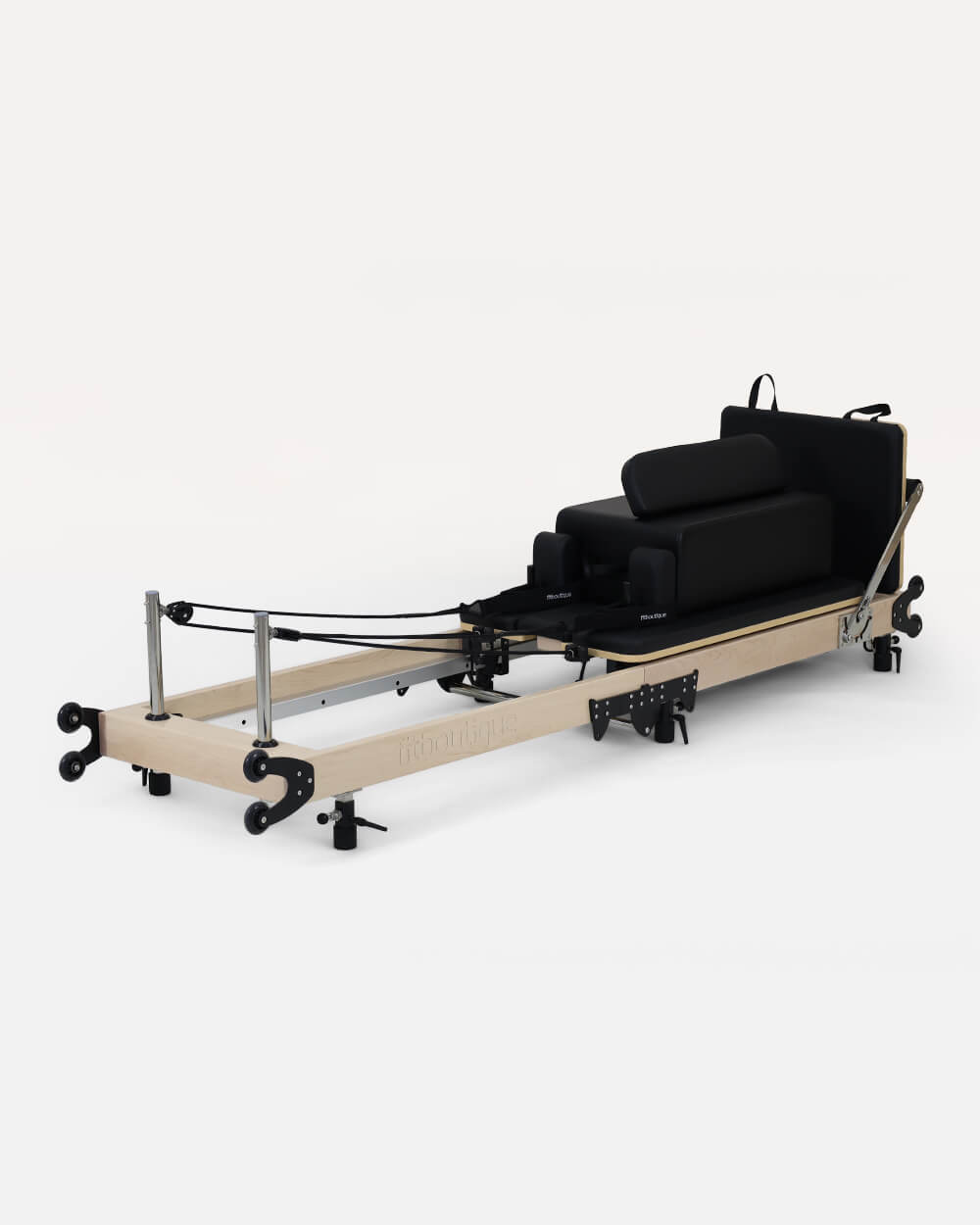

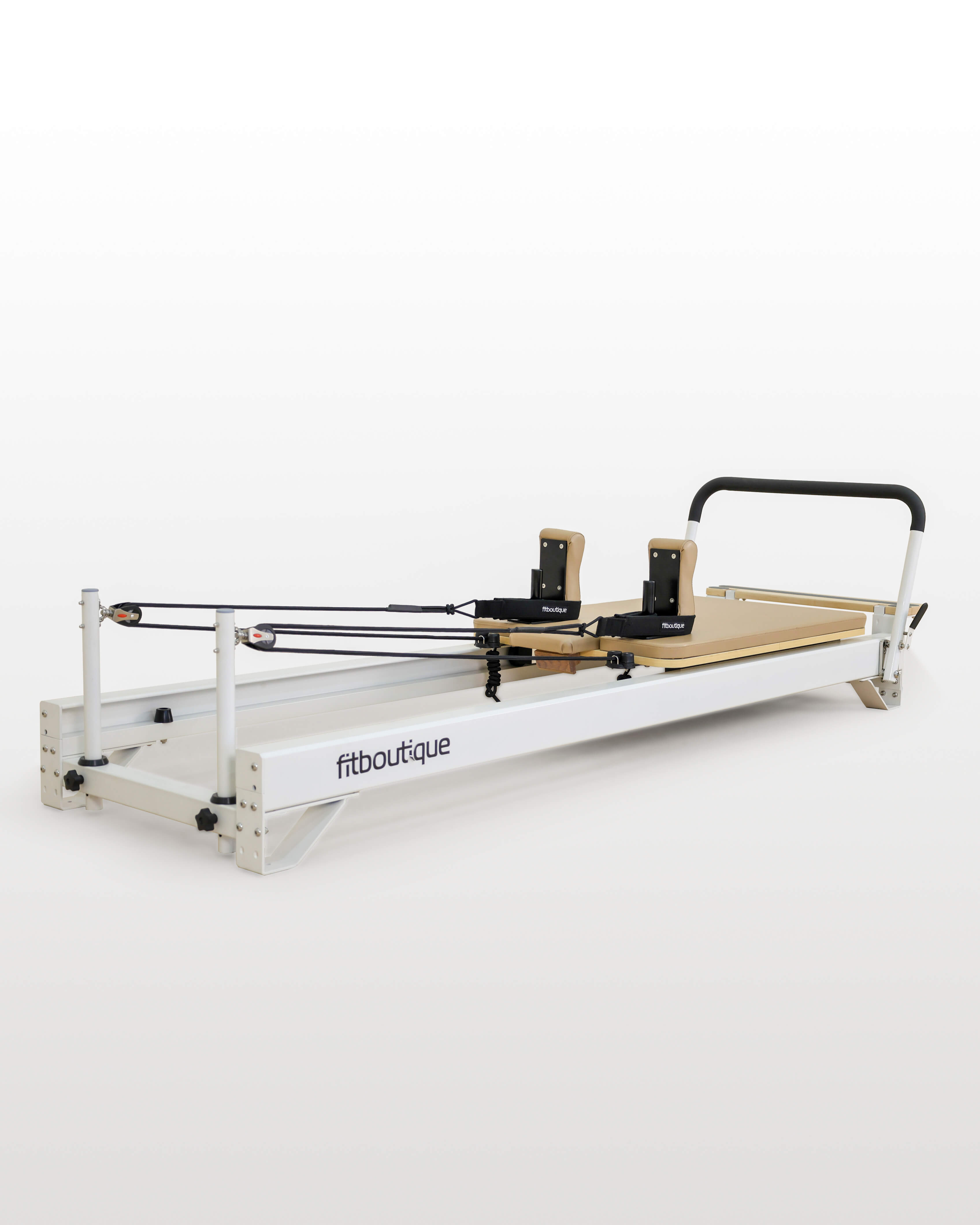
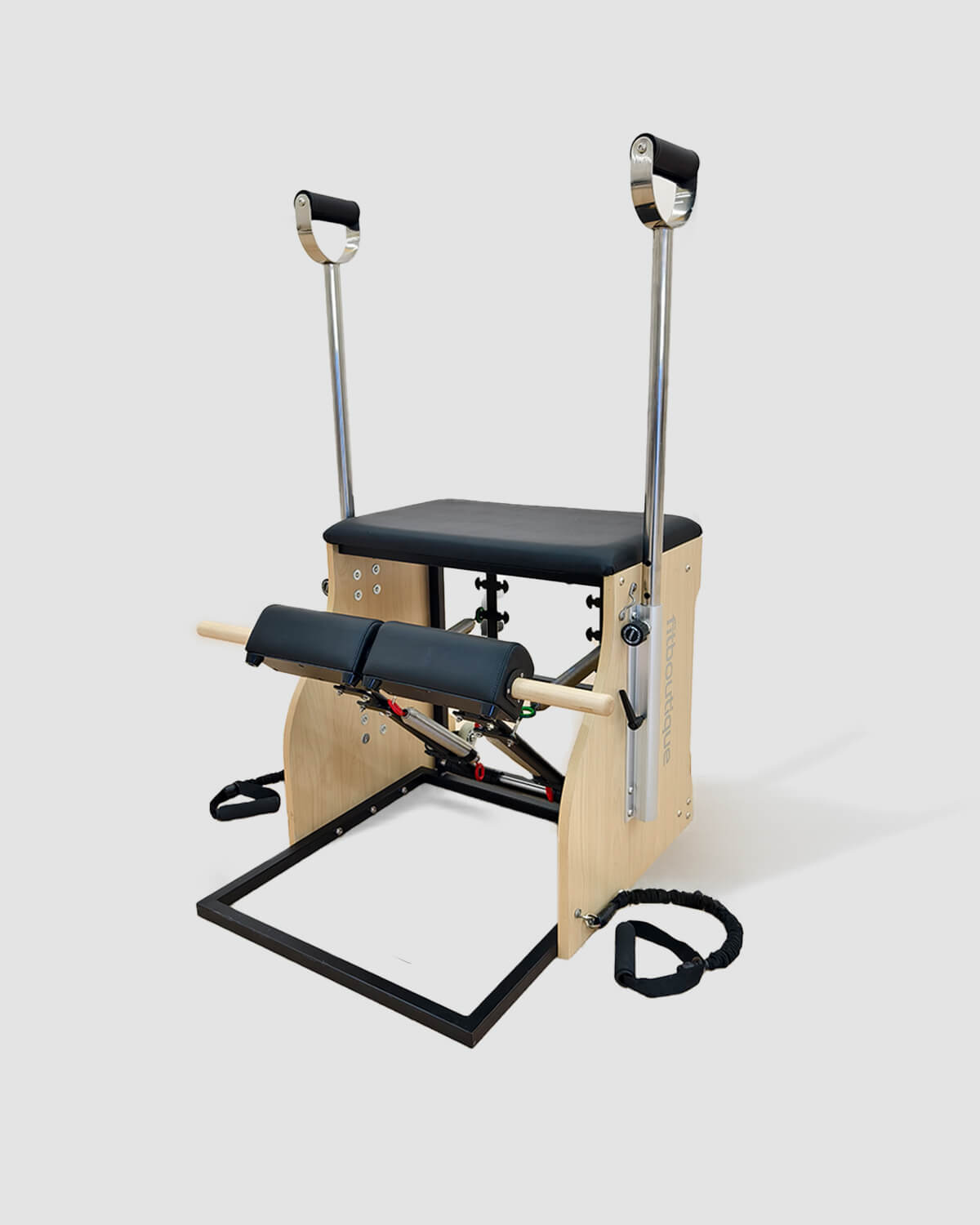
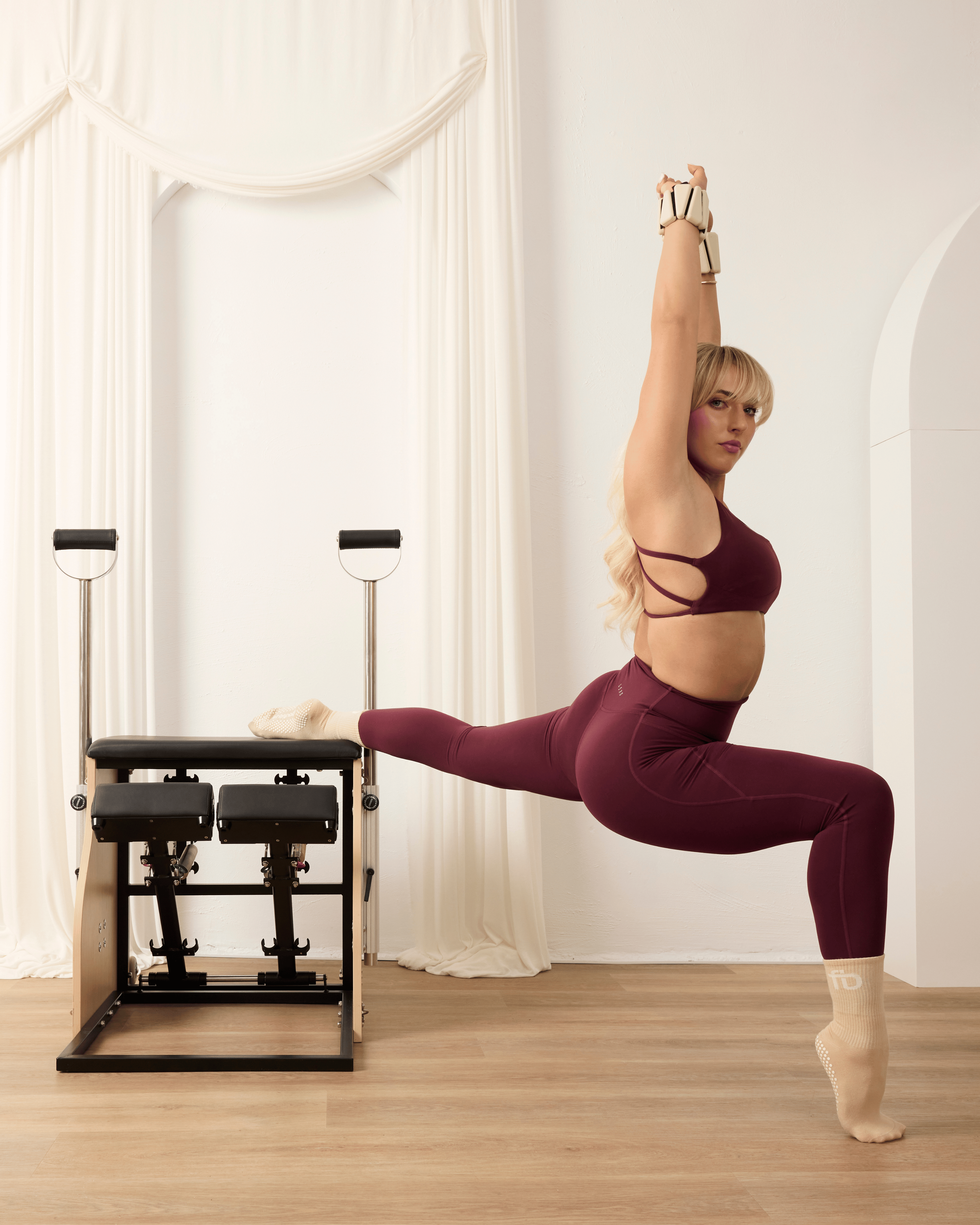
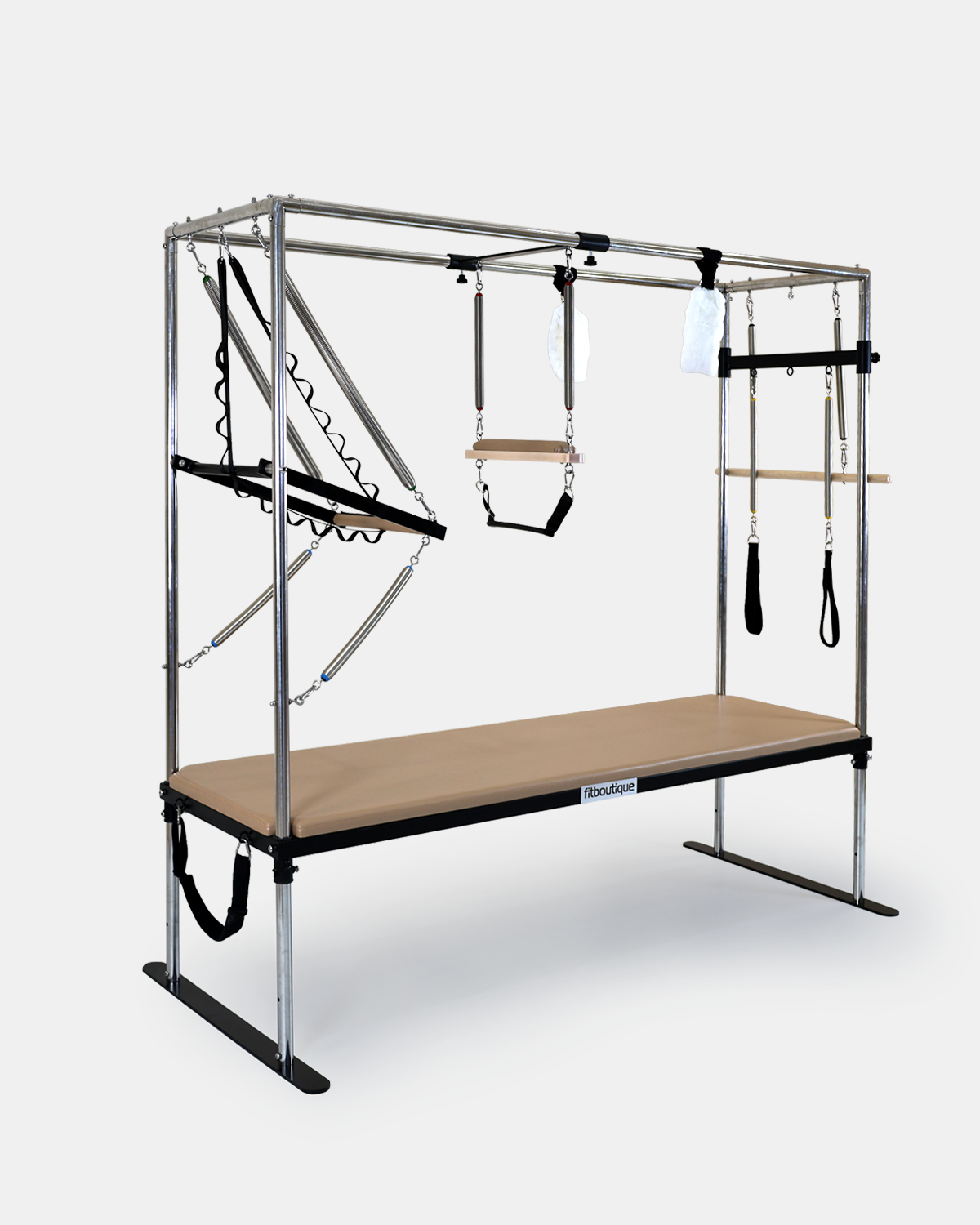
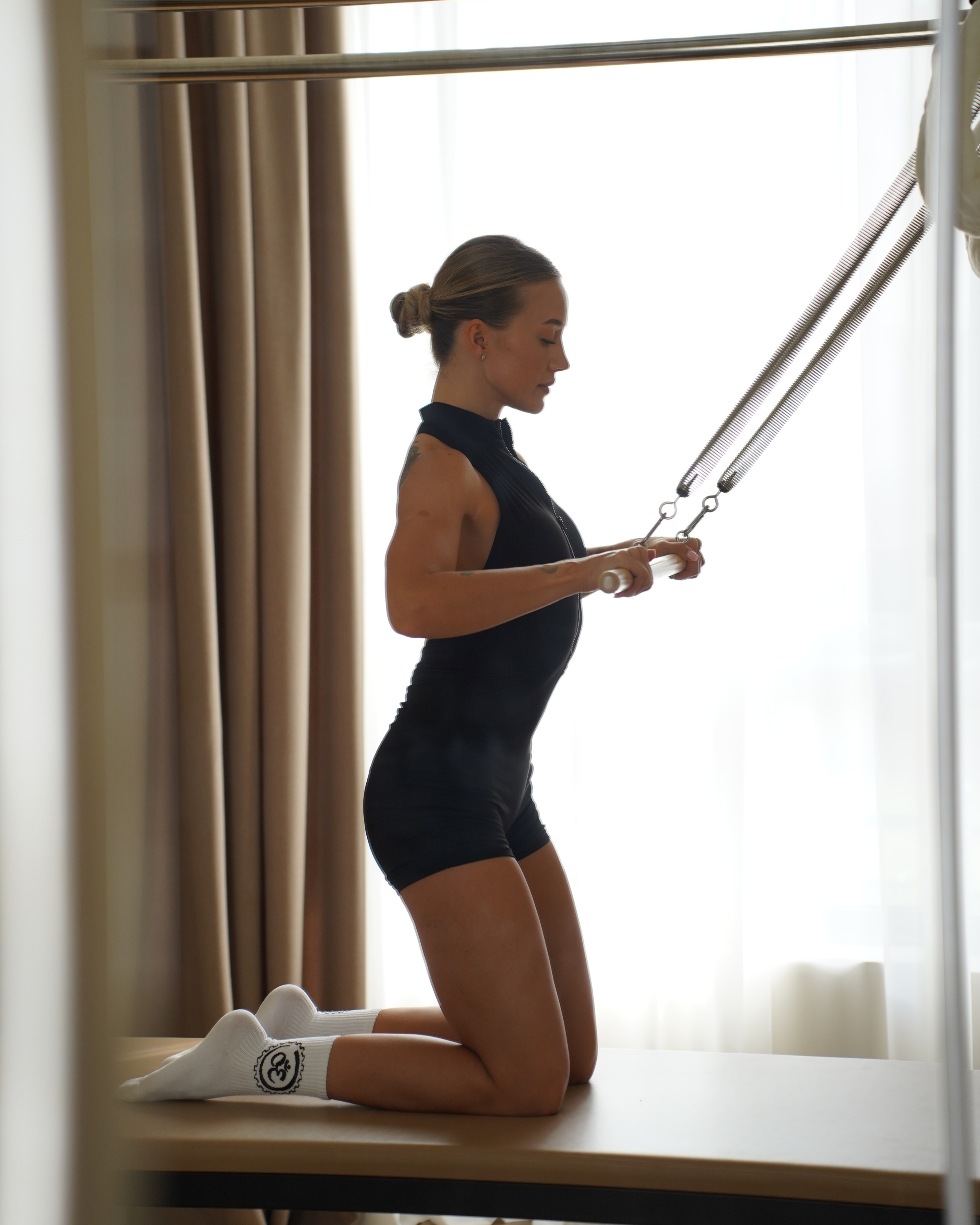
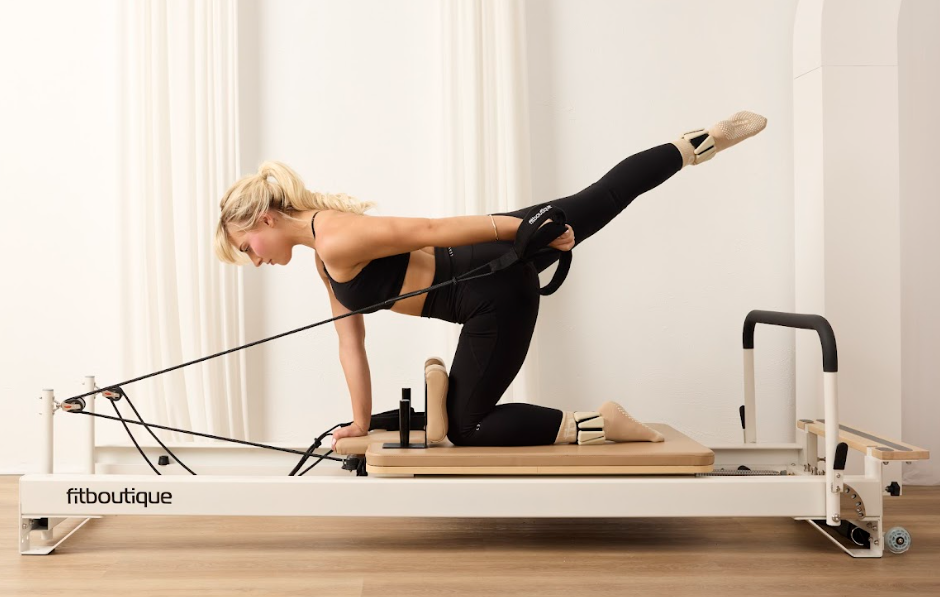
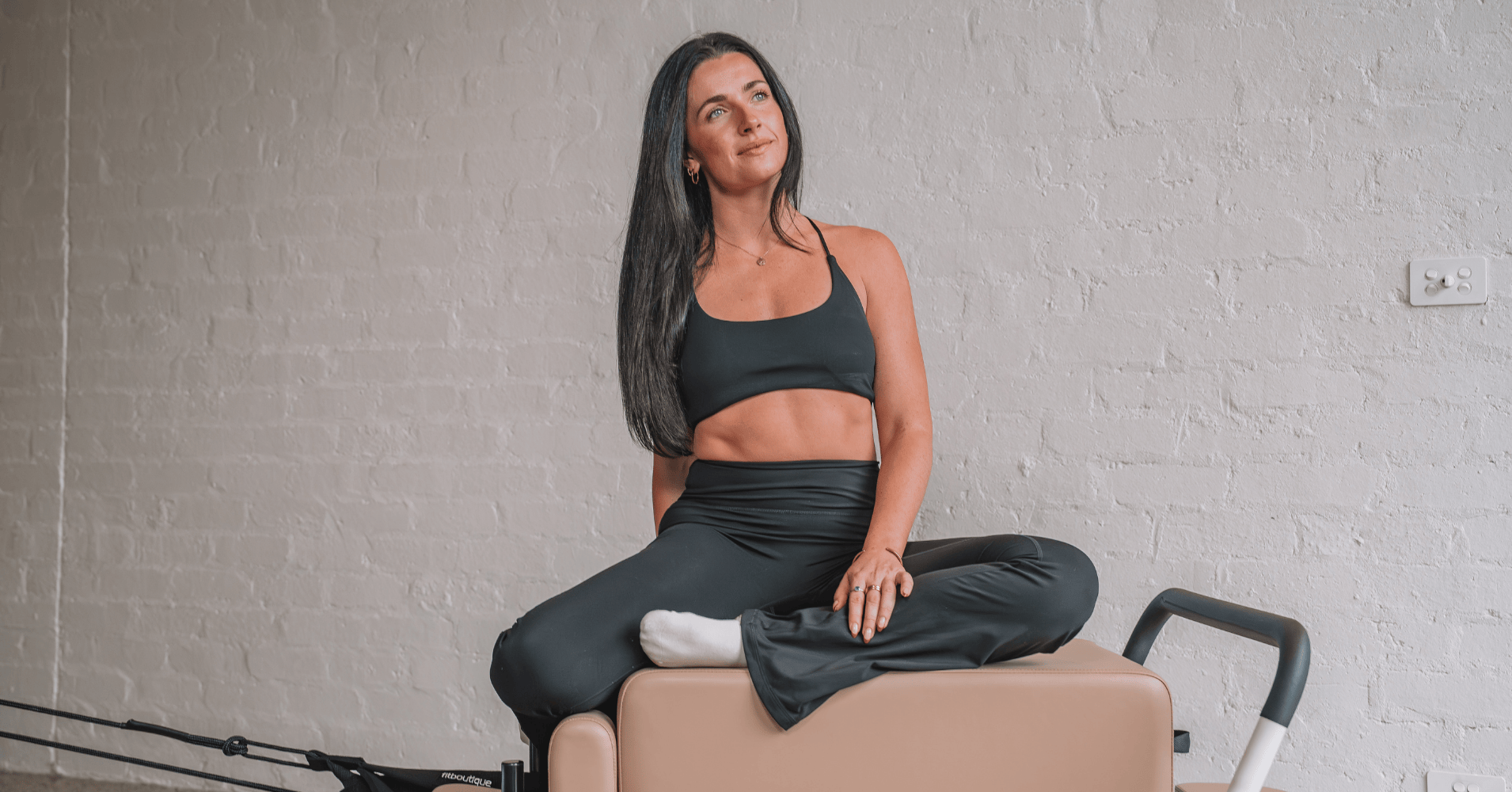
Leave a comment